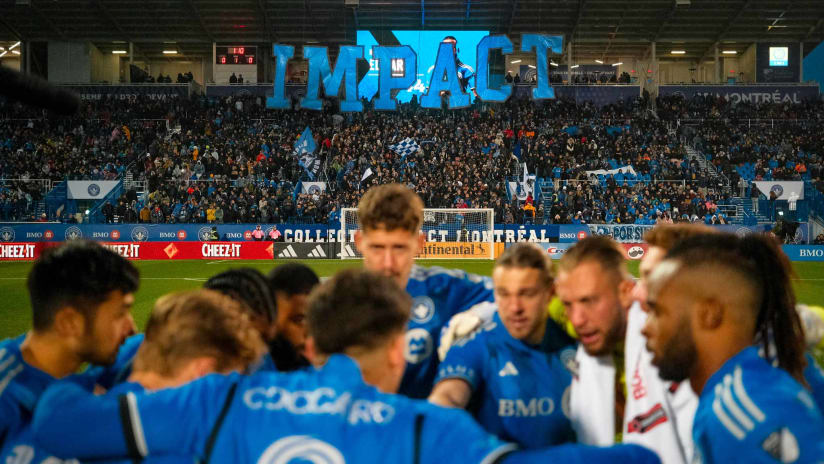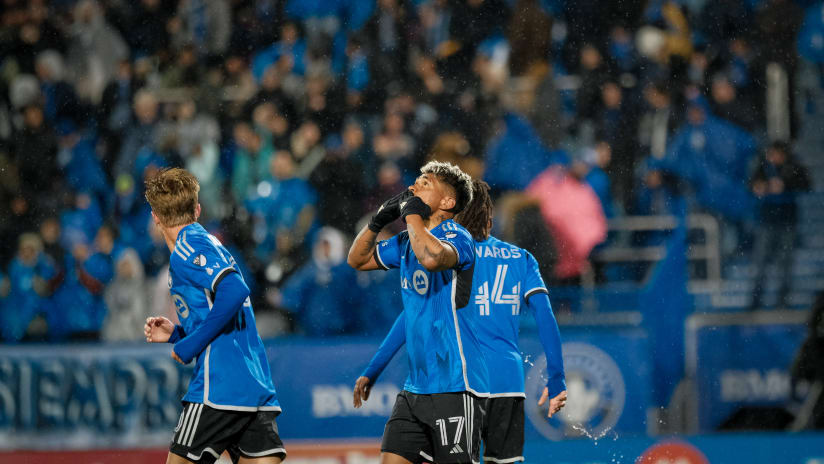INTRODUCTION
Soccer championship in the United States is nothing new. Our neighbours to the south have had one since 1921. It was even a professional league for a number of years (with Quebec players) and attracted more fans than the NFL. Named the ASL, it was weakened significantly upon the arrival of the NASL, which included the Olympique and the Montreal Manic. For several reasons, the ASL and NASL respectively closed their doors in 1983 and 1984. Shortly thereafter, with a promise to start a new national league, the United States submitted their candidacy to host the 1994 World Cup. In July of 1988, the Americans were selected ahead of Brazil and Morocco for the event, thus allowing Major League Soccer to see the light of day.
EARLY SUCCESS THAT TOOK TIME TO FLOURISH
The first game in the MLS history pitted San Jose versus DC United on April 6, 1996.
The league consisted of 10 clubs in its inaugural season, which fulfilled the minimum requirements. However, after one season, league attendance sagged and several clubs were in debt.
On the field, one team dominated: DC United. The Washington club, managed by Bruce Arena and Thomas Rongen, captured the MLS Cup in 1996, 1997 and 1999, as well as the Champions Cup (predecessor to the Champions League) in 1998. Its stars went by the names of Jeff Agoos, Raul Diaz Arce, Marco Etcheverry, John Harkes, Roy Lassiter, Jaime Moreno and Eddie Pope. The other clubs had their own star players as well, such as Carlos Valderrama (Tampa Bay), Roberto Donadoni (MetroStars), Brad Friedel and Thomas Dooley (Columbus), Lubos Kubik (Chicago), as well as Cobi Jones (Los Angeles).
Aside from a number of unfamiliar rules that pushed the novice fan away, a major problem was infrastructure. The clubs didn’t have their own stadiums and were playing in enormous venues that, even when well-attended, still looked relatively empty. The MLS, which hired Don Garber as commissioner in 1999, had a new mission statement. In order for clubs to increase revenue, they were told to build soccer-specific stadiums. Columbus sprung to action and inaugurated Crew Stadium in 1999.
“We’re not at a loss for people who love soccer,” explained Garber, several months after taking the job. “The challenge is to get them to watch on television and in person. The league wasn’t able to sustain the interest it generated in 1996 and has to get it back. We’re also playing in someone else’s home. That’s why we need to follow Columbus’s lead and build other soccer-specific stadiums. Right now, our main market is our smallest market.”
After Walter Zenga and Thomas Ravelli, other international stars who were nearing retirement, such as Lothar Matthäus, Hristo Stoichkov and Anders Limpar, began arriving in MLS, but a salary cap and small number of clubs affected the league’s image. It also became necessary to sacrifice two of its own, Miami and Tampa Bay.
WINNING CONDITIONS PUT IN PLACE
At the same time, the league’s brass made a few big moves. Most notably, they sold the 2002 World Cup television broadcasting rights to the major networks, while obliging them to also broadcast MLS games. The U.S. national team’s run to the quarterfinals that year in Korea/Japan rekindled the American public’s interest for domestic soccer. Not to be overlooked was the 2004 signing of Adidas to a massive contract. During that period of time, Los Angeles became the second city to build a stadium dedicated to its club, the Galaxy.
Rules were also changed in order to more closely resemble international standards, which helped the league, but MLS was still losing considerable money (350 million dollars U.S.). Upon closer inspection of the figures, clubs that built their own stadium were the only ones not in the red. Numbers don’t lie and other clubs were quick to jump on the stadium bandwagon.
“It’s clear that Major League Soccer wouldn’t be where it is today without the development of these stadiums,” declared Don Garber. “It’s one of the three most important developments in the history of our league. Soccer-specific stadiums will always be a necessity and a priority in order for us to succeed. One of our long-term objectives is to see all of our clubs with their own venue to call home.”
On the field, it was harder to evaluate success, with seven different clubs finishing first in the regular season, between 1999 and 2005. In 2000, Los Angeles offered its second and most recent Champions Cup to the United States, winning the final versus Olimpia, Montreal’s Champions League opponent in 2008-2009. For the most part, the stars of MLS stars were American: a few veterans (Tony Meola, Alexi Lalas), but mostly young guns poised to take over national team duty, such as Tim Howard, Pablo Mastroeni, Carlos Bocanegra, Landon Donovan, Clint Mathis, Clint Dempsey and DaMarcus Beasley.
All that potential on the pitch was eventually supported by subsidiary programs, including reserve teams with their own championship, a more standardized and traditional club-naming policy (ex: Dallas dropped “Burn” to become FC Dallas), the arrival of new clubs (notably Chivas USA, which allowed for a derby in Los Angeles), as well as a diversification of the ownership.
On its 10 year anniversary in 2006, Major League Soccer had 12 teams and a strong collective effort was steering the league in the right direction. Intentions were good and marked by common sense. It would now take some careful decision-making in order to exploit the league’s impressive growth potential. Those decisions would soon be made with the evolution of MLS on the line.
Part two of the history of Major League Soccer on impactmontreal.com in the coming days.
Matthias Van Halst, Impact Média
CFMTL Media




